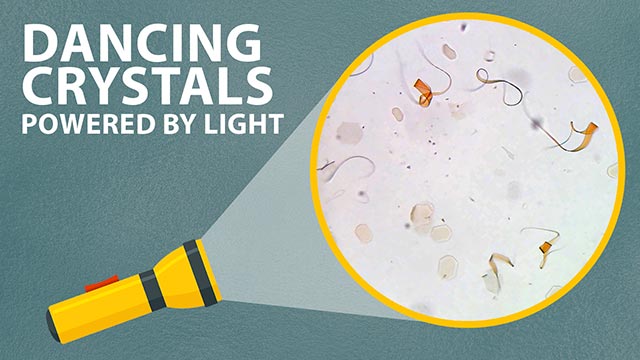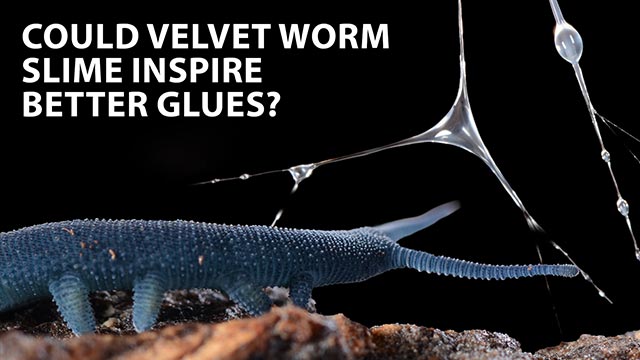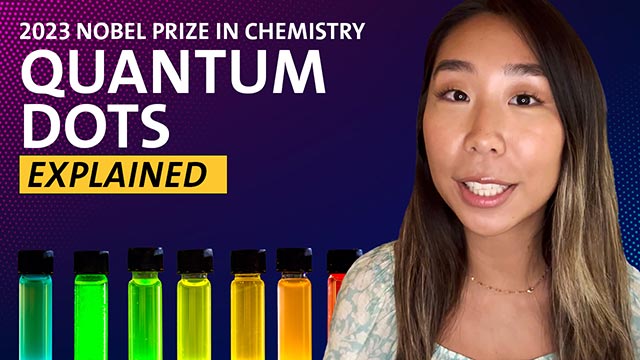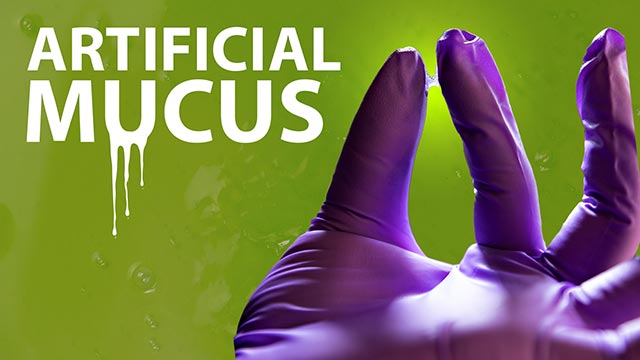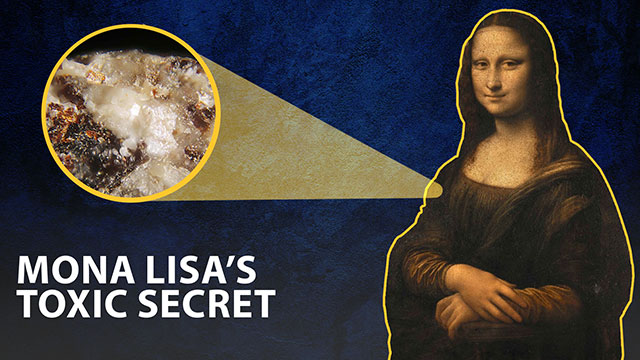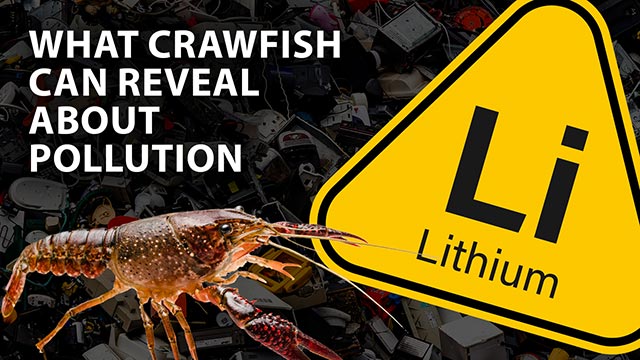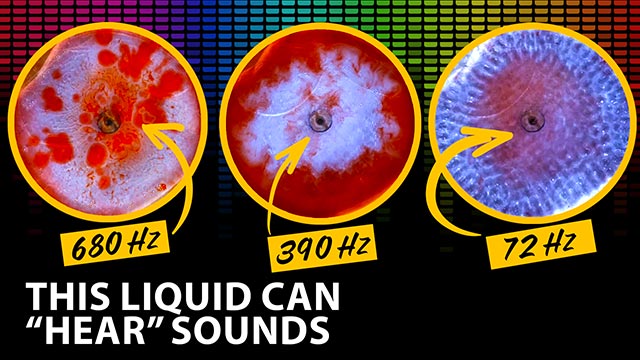The water in our oceans, lakes and rivers can become polluted with a variety of contaminants, creating a need for a simple and cheap cleaning method. One team of researchers is designing magnetic nanoparticles that can target specific pollutants like estrogen hormones, which are carried into waterways by wastewater and may be harmful to aquatic life. The particles are made from iron oxide, which most of us know as rust, and researchers can modify the surface of the particles to grab on to various pollutants. Then, a magnet can pull the particles out of the water, along with any pollutants clinging to them. The work is being presented at ACS Fall 2023, a meeting of the American Chemical Society.
Watch an interview with the researchers.
To read an ACS press release about this research: Cleaning water with ‘smart rust’ and magnets
Source Article
“Smart rust to clean water from hormones”
Aug. 16, 2023
Presenter: Lukas Müller
Principal Investigator: Marcus Halik, Ph.D.
Transcript
Narrator: These magnetic nanoparticles could one day provide a simple tool to clean a variety of pollutants from water. The water in our oceans, lakes and rivers can become polluted with a variety of contaminants that humans produce, including microplastics, spilled oil and agricultural chemicals. So many scientists are looking for a simple and cheap cleaning method to address this widespread problem.
One team of researchers is designing nanoparticles that can target specific pollutants like diesel fuel and microplastics. The tiny spheres are made from magnetic iron oxide, which most of us know as rust. Researchers can modify the surface of the particles to grab on to various pollutants. Then a magnet can pull the particles out of the water, along with any pollutants clinging to them.
Most recently, the researchers adapted the particles to target estrogen hormones, which are carried into waterways by wastewater and may be harmful to aquatic life. They coated the nanoparticles with two kinds of molecules to help draw in and trap hormones. The first kind of molecule is long and hair-like. In this simplified simulation, you can see how a hormone gets caught in the strands that make up this coating. The researchers also added shorter, positively charged molecules, which are not shown in this video. The positively charged molecules help attract parts of the hormones that have a slight negative charge. The researchers are doing more experiments to understand exactly how the two kinds of molecules organize on the surface of the nanoparticles and how they interact with pollutants.
The research is being presented at ACS Fall 2023, a meeting of the American Chemical Society.
To embed this video, please visit YouTube and use the Share function.


